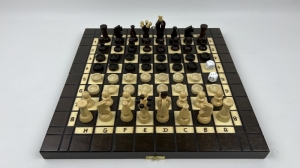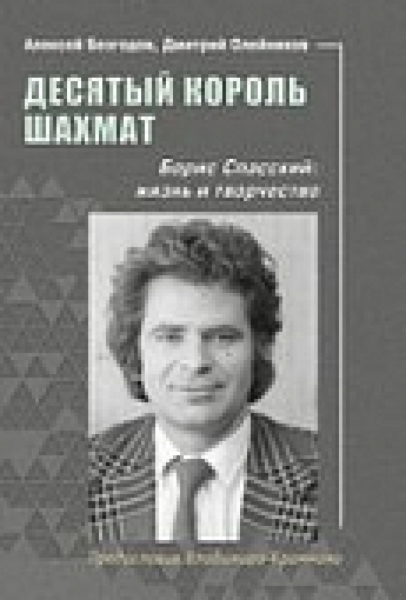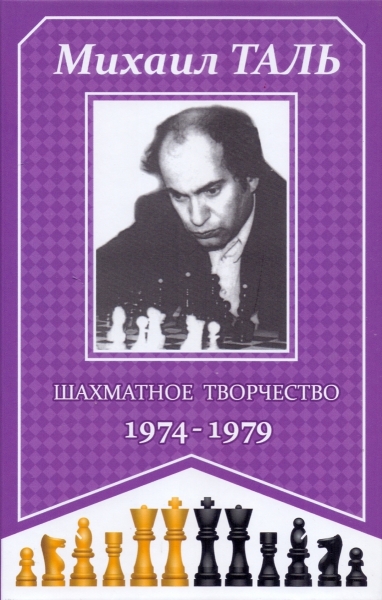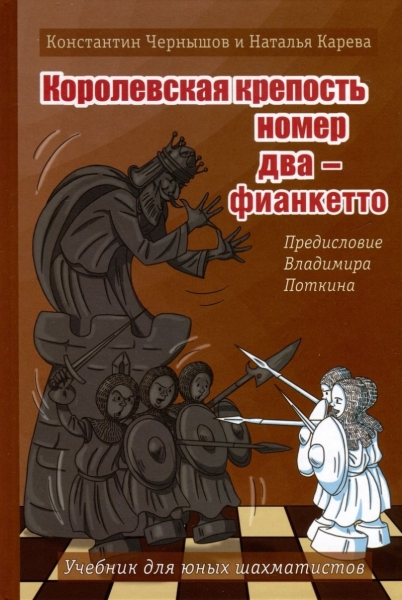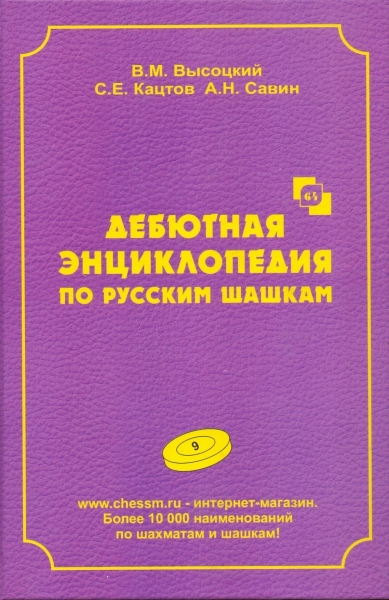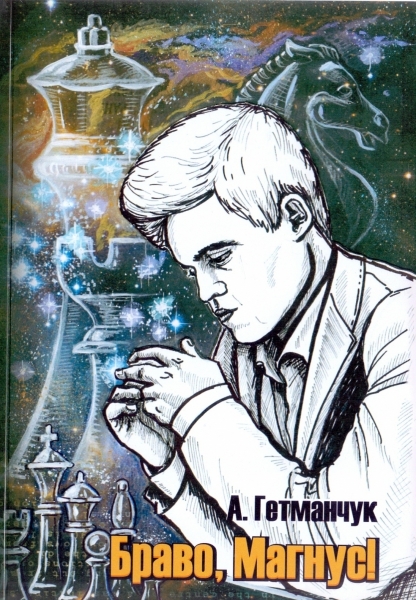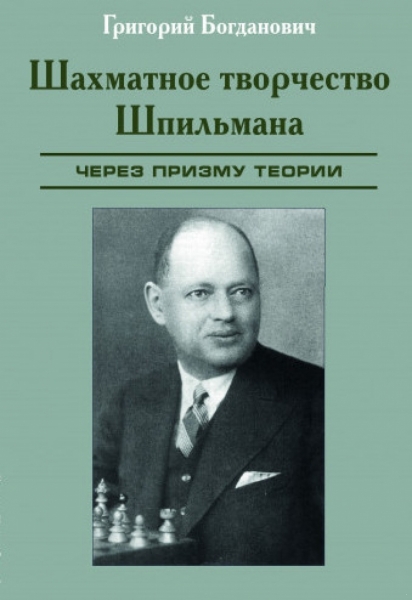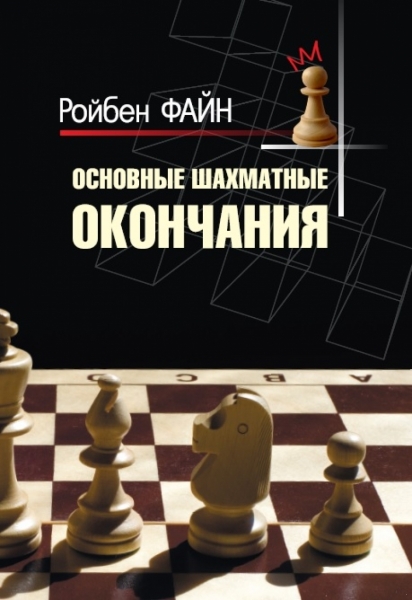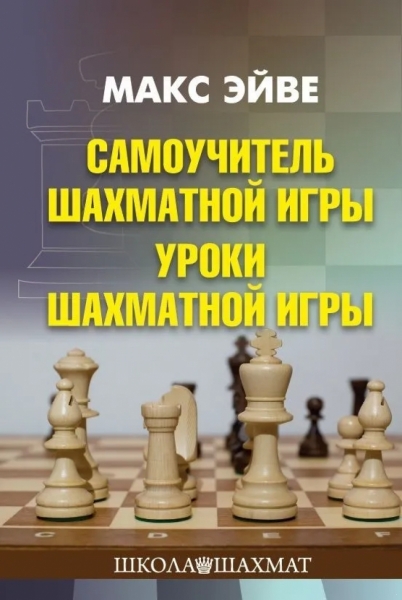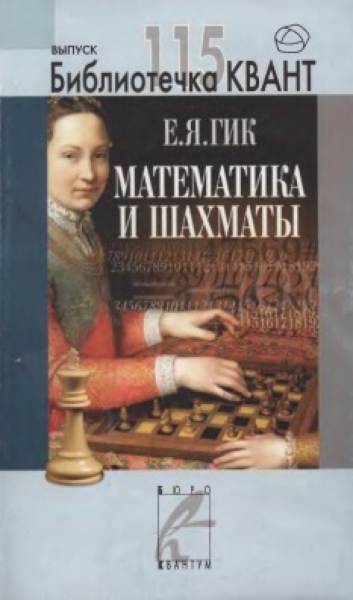Бюро Квантум
Книги издательства:
- Сортировка:
- от дорогих
- от дешевых
- новые поступления
- названия
- автор
-
12.41 $
The book discusses various types of math problems and puzzles related to chess, about the routes of figures, their arrangements and permutations, about cutting and covering a chessboard. We study games on unusual boards according to unusual rules and with unusual figures.
Author of the book E.Ya. Geek is a mathematician, chess master, permanent host of the & laquo; Chess Page & raquo; of the magazine & laquo; Kvant & raquo ;.
The book is intended for students, teachers of mathematics and heads of mathematical circles, as well as for all fans of mathematical puzzles and chess problems.Preface.
Mathematics Chess Board.
Attila's horse.
The task of the progress of the horse.
Queen-sentry.
The task of the gauss about eight queens.
Rectilinear rook.
Thin routes of the king.
Elephant - billiard ball.
Independence and domination.
Sly permutations.
Mathematical records.
The power of figures.
On unusual boards.
Cylindrical chess.
Hexagonal chess.
Fairy chess.
-
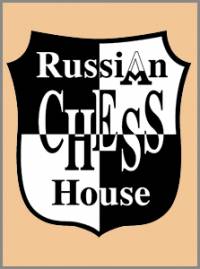 The life of a chess player in the system. Memories of the grandmaster
Author:
The life of a chess player in the system. Memories of the grandmaster
Author:
Averbah 45.00 $ -
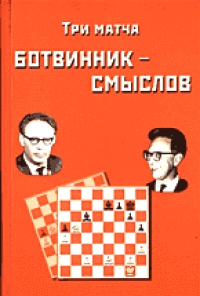 Три матча Ботвинник-Смыслов
Author:
Три матча Ботвинник-Смыслов
Author:
Botvinnik 45.00 $ -
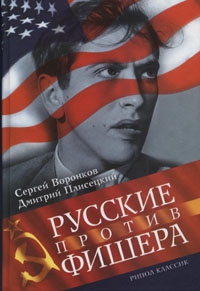 Russians vs Fisher
Author:
Russians vs Fisher
Author:
Voronkov 65.00 $ -
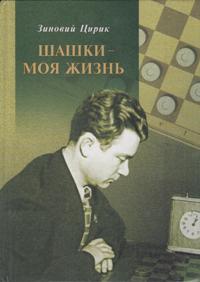 Checkers is my life
Author:
Checkers is my life
Author:
Ciric 87.50 $ -
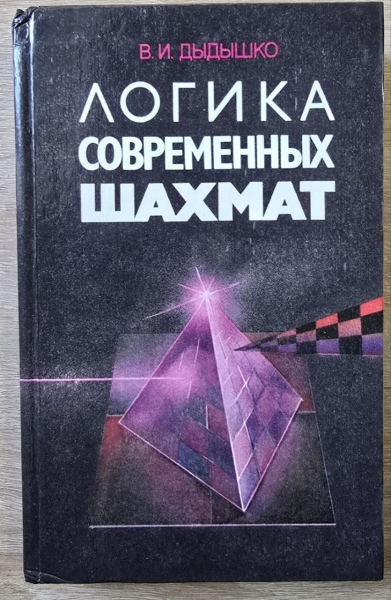 The logic of modern chess
Author:
The logic of modern chess
Author:
Dydyshko 72.50 $ -
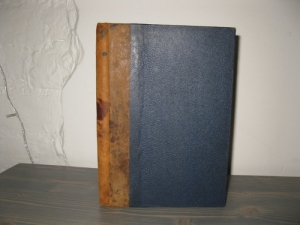 Siegbert Tarrasch. The Queen
Author:
Siegbert Tarrasch. The Queen
Author:
Tarrash 72.50 $ -
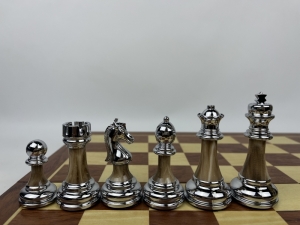 High quality acrylic metal heavy chess pieces with wooden board
202.50 $
High quality acrylic metal heavy chess pieces with wooden board
202.50 $
-
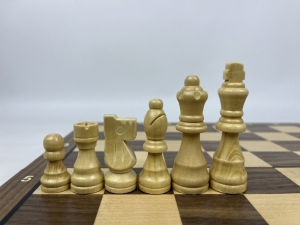 Wooden magnetic Staunton chess with a lock (silver)
56.25 $
Wooden magnetic Staunton chess with a lock (silver)
56.25 $
-
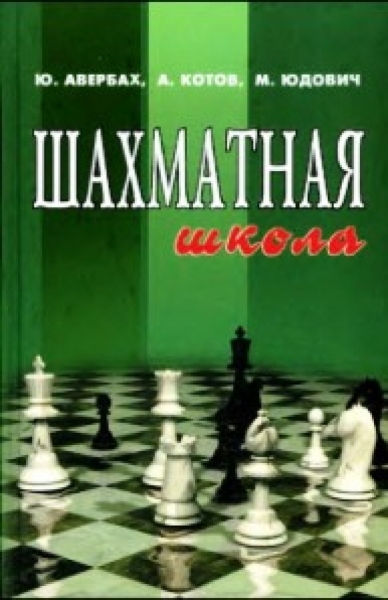 Chess school
Author:
Chess school
Author:
Averbah 15.00 $ -
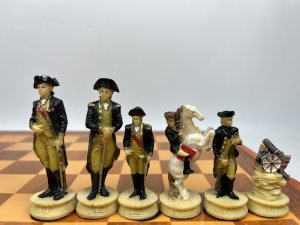 The chess set of The Chessmen. US war - Great Britain
325.00 $
The chess set of The Chessmen. US war - Great Britain
325.00 $
 Русский
Русский  Английский
Английский 